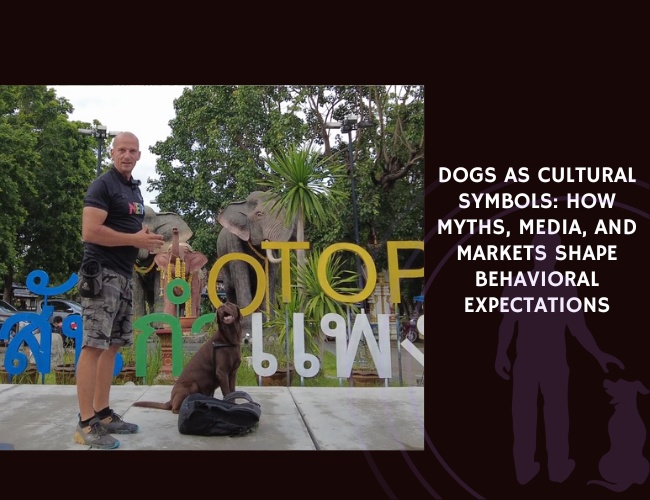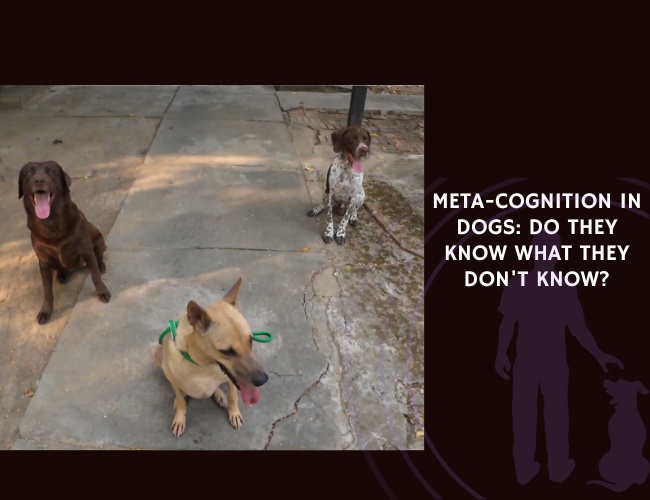Brennen McKenzie (2022), writing in the American Journal of Veterinary Research, presents a comprehensive review of the biological processes underpinning aging in companion dogs and cats. The article emphasizes that aging is not a mysterious inevitability, but a set of modifiable biological mechanisms conserved across species.
The review details cellular and molecular hallmarks of aging, including DNA damage, telomere shortening, mitochondrial dysfunction, and cellular senescence. These processes were described in humans and laboratory animals, then compared with the more limited data available in dogs and cats. McKenzie highlights how these cellular changes manifest in tissues such as the musculoskeletal system, adipose tissue, and the brain, where they contribute to age-related decline and disease.
Importantly, the review underscores the translational value of studying aging in dogs. Companion animals share human environments, diets, and medical care, making them especially relevant for understanding how environmental and genetic factors influence aging. By mapping conserved mechanisms across species, researchers can better identify targets for interventions aimed at extending not only lifespan but also health span, defined as the years of life lived free from disease or disability.
McKenzie concludes that further research in companion animal geroscience is vital to develop therapies that can delay or mitigate the onset of age-related dysfunction. Such work has the potential to benefit both veterinary medicine and human medicine, supporting the One Health approach to longevity research.
Source: McKenzie, B. (2022). Comparative veterinary geroscience: mechanism of molecular, cellular, and tissue aging in humans, laboratory animal models, and companion dogs and cats. Journal: American Journal of Veterinary Research, Volume 83(6). Publication Date: 2022-05-08. Author: Brennen McKenzie. References: 137. Citations: 19.










